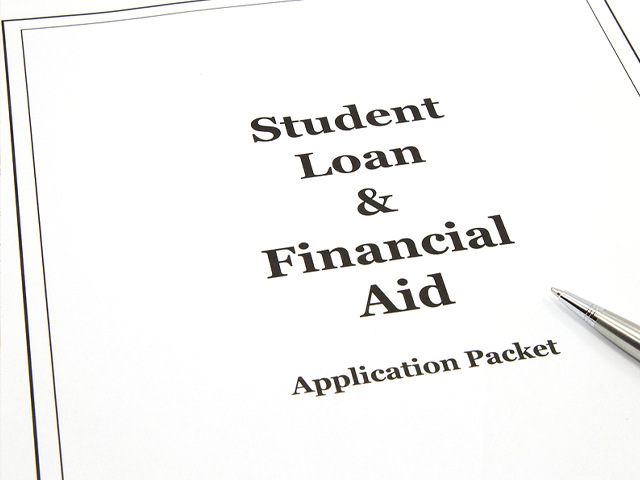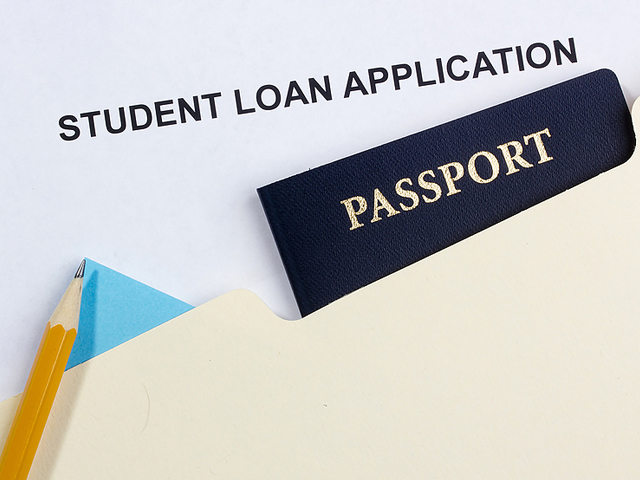
The FAFSA or Free Application for Federal Student Aid is a form that is necessary by state and federal governments. It is managed by the Department of Education. Post-secondary institutions use student’s FAFSA information to determine if they qualify for financial aid programs including federal work-study, financial aid and the TEACH Grant. Making a mistake on this important form can delay your financial aid application. It can be a costly mistake if your FAFSA contains errors when it is verified. Check the following to ensure a smooth application process:
The Most Popular FAFSA Mistakes To Avoid:
1) Never Leave a Field Blank
If the question doesn’t apply to your circumstances or the answer is zero, be sure to write in a zero. Blank questions provide the assumption that you forgot to answer, and this will delay everything.
2) Be Sure To Create Your FSA ID Prior To Starting the Form
Your FSA ID must be set up to complete the FAFSA form, provide your electronic signature and make any corrections. Parents and students require their own separate FSA IDs to complete the FAFSA officially.
3) Not Including Both Of Your Parents’ Financial Data If They Are Divorced
Ensure you include the financial information of your custodial parent AND your stepparent’s financial data as well. Both are required.
4) Not Including Yourself In the Size of the Household
You must include yourself as a part of your parent’s household even if you did not reside there in the previous year.
5) Not Relying on the 1040 Federal Tax Return Form for Reporting Taxes Paid & Income Reporting
Compare your 1099 and W-2 forms with the prior year’s income tax return if you are using these forms to ensure you did not forget about any income source. The IRS DRT or IRS Data Retrieval Tool is additionally helpful in error prevention. You can use this to directly copy certain answers to some FAFSA questions from your federal income tax return.
6) Submitting Your FAFSA Late Or Waiting To the Last Minute To Start
You must send in your FAFSA on time. There is an October 1st release date. The faster you can renew or submit your FAFSA from this date, the better your chances will be. Some priority programs have limited funds available for students that file their FAFSA. There is a 21-month application cycle for the FAFSA.
7) Under Reporting All Required Sources of Untaxed Income
Do not forget to include child support, disability income, worker’s compensation, or veterans’ non-education benefits.
8) Not Knowing the Deadline for Your State’s Financial Aid
State deadlines for grants and financial aid vary. Certain states award their funds on a first-come, first-serve basis. Ensure you submit your FAFSA in the fall as close as you can to the opening date of October 1st to be eligible for as much funding as possible. This will make sure your FAFSA application is at the top of your state’s first-received list.
9) Dismissing Directions or Skimming Questions
Always read all questions and instructions carefully. Review the FAQ section on the FAFSA website if you are having any difficulty or are unsure about a question. Don’t hesitate to contact your financial aid office for any clarification if needed.
10) Not Signing Your Application
Remember, both your parents and you need to sign if you are filing as a dependent student. Use your FSA IDs to sign the form electronically if you file online. Both student and parent will need to create an individual FSA ID.
Filling out your FAFSA doesn’t have to be stressful. Give yourself ample time by starting early. Using the online version will save you time and energy. Ask for help from your financial aid office, parents, or other resources if you need to. You will feel relieved once you complete this major milestone.











